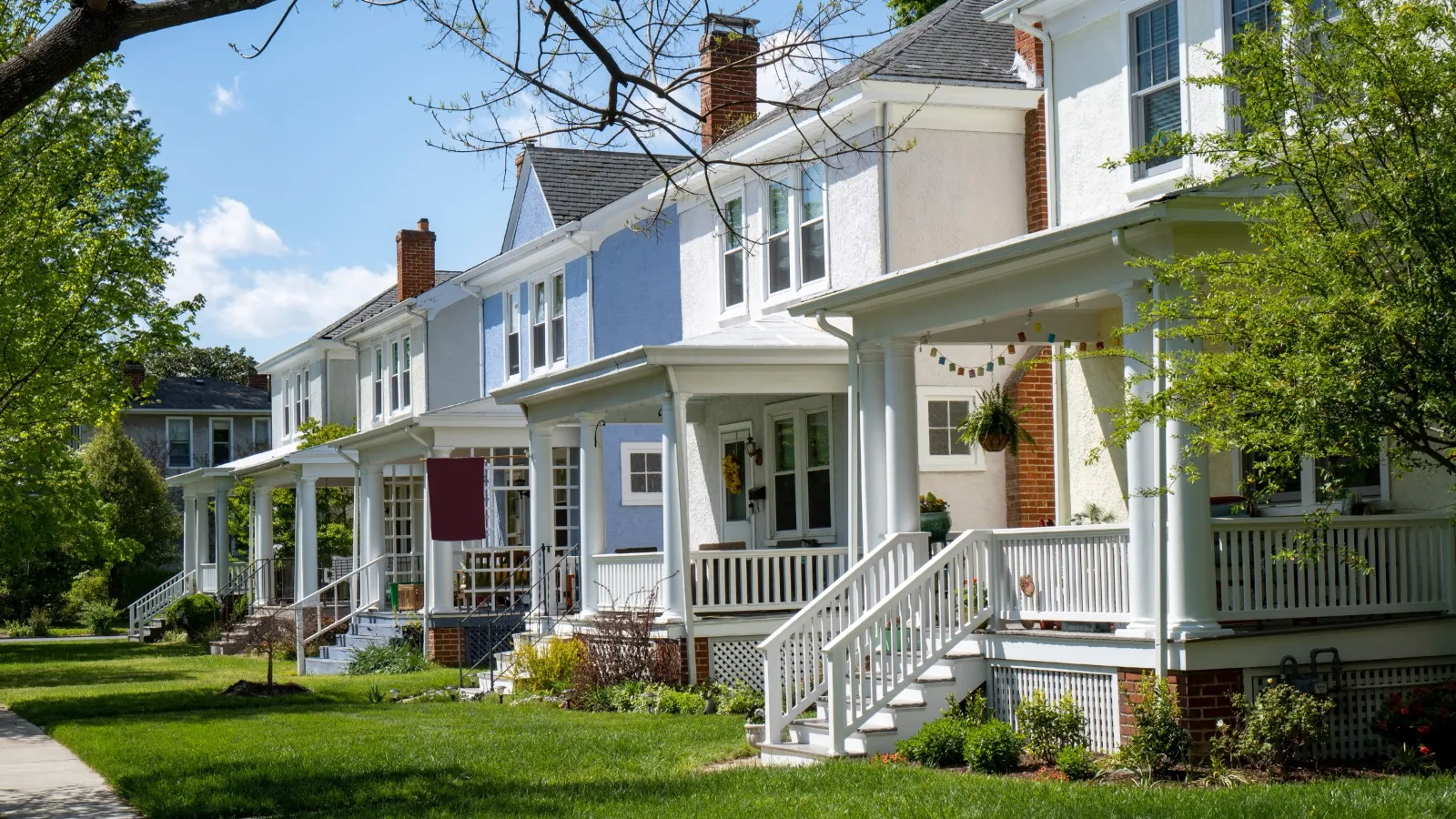Winter is here and with it comes our longing for anything warm, like your favorite cup of tea or pair of slippers. Similarly, we enjoy the idea of a cozy home on a cold winter night thanks to our fireplaces and heaters—all made possible by the thermal envelope around our homes. Otherwise, we’d never be able to warm our homes and our energy bills would skyrocket. So, how does it work exactly? And what makes up our home’s thermal envelope?
By explaining the anatomy of your home’s thermal envelope, you’ll better understand how adding insulation can make it more efficient, creating a comfortable environment for you and your family.
What your home’s thermal envelope does for you
The thermal envelope of a home plays an important role in keeping you comfortable during winter (and every other season) while keeping your energy bills low—but how? By safeguarding your home from:
- Outside weather
- Drafts
- Decay
- Moisture
Along with keeping these elements in check, the thermal envelope ensures that conditioned air stays inside the home for maximum comfort and energy efficiency.
What makes up a home’s thermal envelope?
There are many elements to a home’s thermal envelope and when working efficiently, they provide a continuous, protective barrier around your home. These elements are:
- Insulation – Insulation prevents the flow of heat, to or from your home, keeping you and your family comfortable. It’s one of the most crucial aspects of your home’s thermal envelope. To be effective, a highly-efficient insulation product like USA Premium Foam® Insulation should be within the walls of your home, attic and crawl spaces.
- Caulking – By caulking key areas of your home such as around joints, seams and other structures, you can ensure your insulation performs at its best along with preventing any air or water leaks.
- Vapor retarders – Controlling the moisture in your home is an important component in combating decay. Since water vapor can accumulate from air flow, impeding it in the right areas is important for a home’s thermal envelope. By having vapor retarders in crawl spaces, you can ensure that moisture doesn’t penetrate important structures and cause damage.
- Air sealing – Similar to insulation, air sealing is among the most important thermal envelope features. Important structures that tend to get overlooked are holes to feed electrical wires, or gaps in rim joists. Some insulations act as both an insulator and air sealer, like USA Insulation’s USA Premium Foam Insulation. When it comes to injection foams, you can create highly-efficient insulation around the home while ensuring an effective seal around important structures.
Creating an effective and continuous thermal envelope for a home, or any building, is important for maximizing energy efficiency and comfort not only for winter but year-round. If one element of the envelope fails, the whole system can easily fall apart. We often see this occur in the form of insufficient insulation. If you feel that your home’s thermal envelope isn’t as effective as it should be, contact the experts at USA Insulation for a FREE in-home consultation!
As USA Insulation continues to expand, we’re looking for qualified professionals for franchising opportunities. Contact our franchise development professionals to see the opportunities available in select markets!



